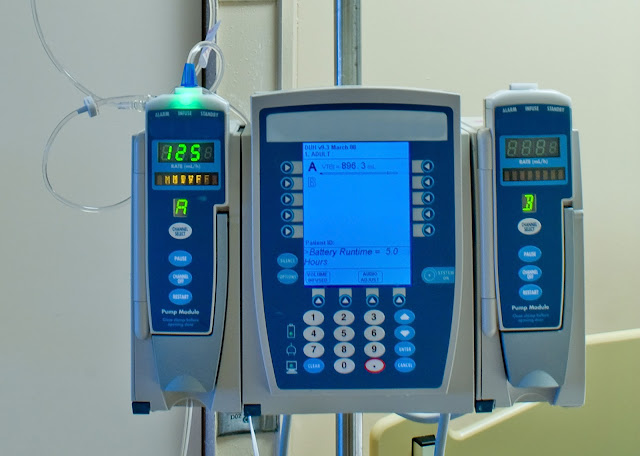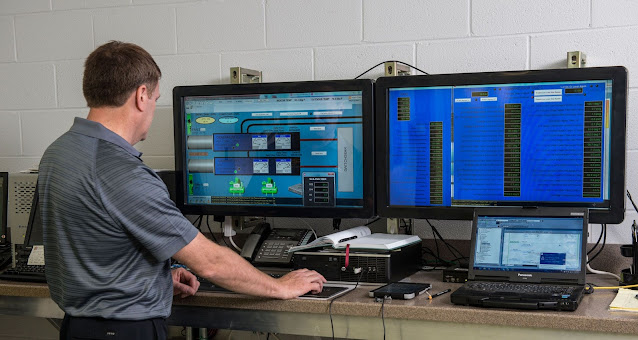Bioceramics, A Class Of Ceramic Materials Created For Biomedical Uses
 |
| Bioceramics |
Bioceramics, a class of ceramic materials designed for biomedical
applications, have become integral to various medical fields, including
orthopedics, dentistry, and tissue engineering. Their unique properties, such
as biocompatibility, bioactivity, and mechanical strength, make them highly
suitable for these applications. It can be classified into three main categories based
on their composition. Bioinert ceramics, like alumina and zirconia, are used
for load-bearing applications as they do not induce significant biological
responses. Bioactive ceramics, such as hydroxyapatite (HA) and tricalcium
phosphate (TCP), can bond with living tissues and promote tissue regeneration.
Resorbable ceramics, like beta-tricalcium phosphate (β-TCP) and calcium
sulfate, can degrade and be absorbed by the body over time, often used for
temporary applications such as bone void fillers.
In orthopedics, Bioceramics find applications in joint replacements, bone
plates, and screws, providing strength, durability, and compatibility with
surrounding tissues. In dentistry, they are used in dental implants, fillings,
and coatings for prostheses, mimicking the appearance and function of natural
teeth. In tissue engineering, bio ceramic act as scaffolds, supporting the
growth and regeneration of new tissues by providing a three-dimensional
structure for cell attachment and multiplication.
According To Coherent Market Insights The Size Of The Worldwide
Bioceramics Market Was Estimated At US$ 4,187.2 Million In 2022, And From 2023
To 2030, It Is Predicted To Increase At A CAGR Of 4.35%.
Bioceramics possess several important properties. Biocompatibility
ensures they do not elicit adverse reactions or cause inflammation or immune
responses. Bioactive ceramics can form a strong bond with bone tissues,
promoting osseointegration, which is crucial for successful implants.
Mechanical strength and toughness are essential to withstand physiological
loads and prevent fractures or failures. Porous bio ceramics facilitate
nutrient and oxygen exchange, as well as cell migration in tissue engineering
applications. Resorbable bio ceramics degrade at a suitable rate, allowing for
proper tissue healing and regeneration. Manufacturing techniques for bio ceramic include
powder synthesis, sintering, sol-gel methods, and 3D printing. These techniques
enable the production of complex shapes and structures, further enhancing their
applications.
Despite their advantages, Bioceramics face challenges such as brittleness, limited fracture
toughness, and the need to balance bioactivity with mechanical strength.
Ongoing research aims to overcome these challenges, improving their properties
and expanding their potential applications. They have made significant contributions to biomedical
engineering, providing solutions for bone and dental repair, as well as tissue
regeneration. Further advancements in material science and manufacturing
techniques are expected to enhance their performance and broaden their
applications in the future.
You
Can Also Read Press Release: Https://Www.Coherentmarketinsights.Com/Press-Release/Bioceramics-Market-4839



Comments
Post a Comment